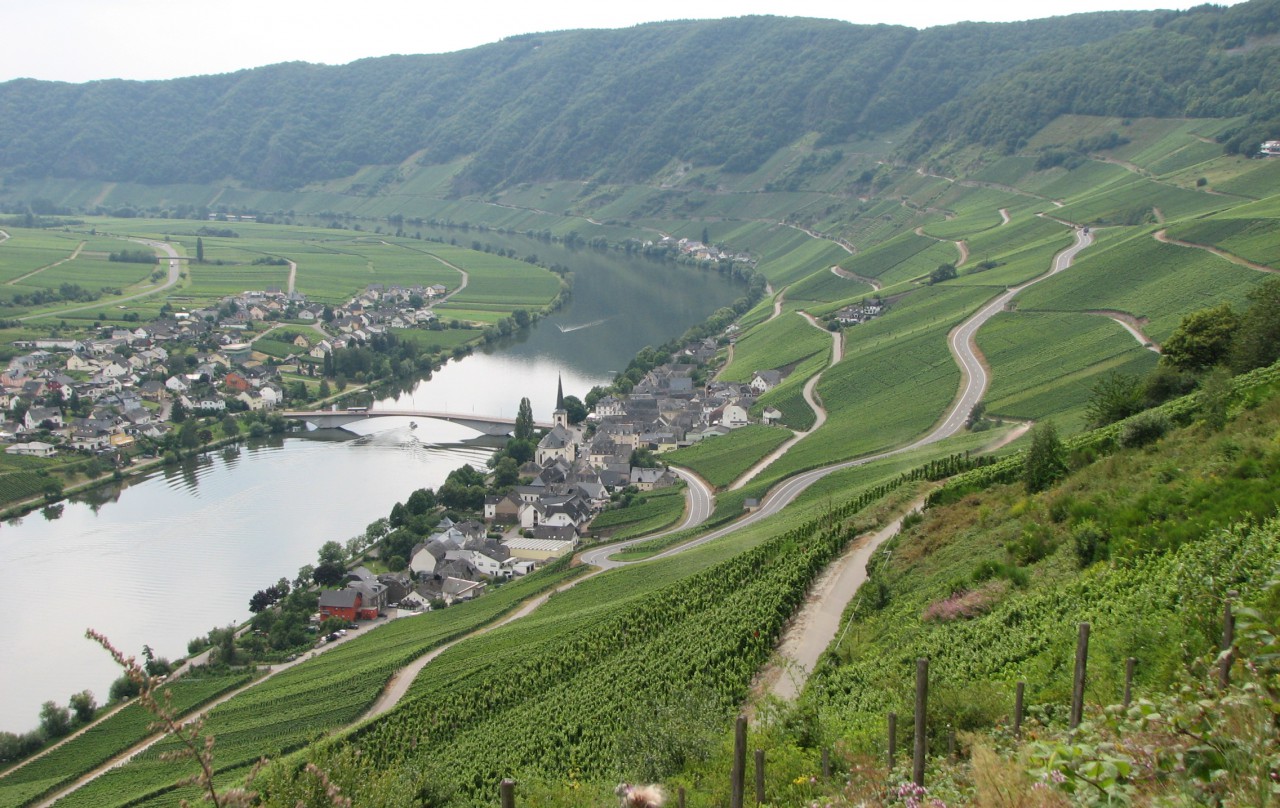I recently came across this news article on Decanter.com that dealt with a scientific discovery claiming to be able to track a wine’s origin based on it’s chemical composition. It rekindled my interest in a subject that has attracted a lot of attention (somewhat controversially) over the years and is perhaps one of the most researched subject within the industry.
Having learnt the basic science behind wine-growing as a student of Viticulture and Wine-making not so long ago, it is not extremely difficult for me to appreciate the relationship of a wine’s quality to its place of birth. Since there is no specific English word for this concept, I have to relate this phenomenon to the rather parochial (or snobbish?) French term ‘Terroir’ – a word that the ‘New World’ often considers another way to stamp French hegemony on the wine world.
So, is terroir simply a marketing gimmick? Is it just a way to sell Grand Crus and Premier Crus? Well, my two cents, the very essence and relevance of the word goes much beyond a simple business tool. The fact that the French have effectively managed to exploit the idea to promote their ‘prestigious’ wines and estates should not diminish the significance of the term per se and how everything intrinsically entwined to it affects the quality of wines. After all wine is a reflection of the place where it is grown although many in the New World also relate this to the skill of the wine-maker and the myriad of options available during the wine-making process. One of these is the use of specially cultured strains of yeast that impart desirable flavours and aromas to the wine – like replicating the armpit and sweaty characters of Marlborough Sauvignon Blanc! Does this approach justify wine’s natural identity? No doubt vinification techniques play a vital role but a vineyard’s potential will always remain paramount and unquestionable in wine-growing.
Nowadays huge investments are made on vineyard site selection and establishment in which the New world has taken the lead as they often lack the traditional geographical knowledge of vineyard sites unlike their counterparts in the Old World. These include soil mapping using the latest state of the art technology, gathering historical climatic data, selecting the right root-stocks and clones of vines, trellis design and so on. All these are practically carried out to ensure optimum growing conditions which in turn are at the heart of the concept of terroir. So, in effect it is a well recognised phenomenon although a classic case of ‘New world vs. Old world’ rivalry prevents the term being wholeheartedly accepted.
Depending upon one’s viewpoint, terroir may be considered as a shrewd marketing tool or an idea that relates to a wine’s quality. Unless the English speaking world comes up with a similar and extremely valid term, it will continue to find favour in wine literature and media.
Cheers,
Niladri

The concept of terroir may well be expanding. Jim Law owner, winemaker and viticulturist at Linden vineyards in Virginia, even goes on to add the viticulturist and winemaker to the concept of terroir. In addition to environmental factors there are human factors. Rather than the media telling us what to believe, one can simply visit winery tasting rooms and judge for themselves. Is there a difference in wines produced from year to year? This isn’t always going to be discovered since some winemakers always attempt to make their wines consistent from year to year. However some winemakers want the wines to reflect the environmental conditions.
One can also visit wineries in a region and taste wines to see if they notice differences. One area to do this is the Finger Lake region of New York. As one travels to wineries on either side of the different lakes, see if you can tell a difference in the Riesling. Of course the differences may be a result of the winemaker, however some are not. More minerality in the Riesling from wineries along Keuka Lake is common while it is not from wineries along Cayuga Lake.
The concept of terroir is also applied to non wine items. Other foods are now being looked at in relation to their terroir. Cheese is a good example of this new trend. Is it marketing? Once again let the consumer decide.
terrior is one of the most misused words in the English language. This is why it should be corrected by those who know better. Too many people talk about terrior and relate it to soil, they talk about how they can smell, and taste the terrior in a wine. Unfortunately people think that terrior is in reference to soil because it sounds so much like “terra”, the Latin word for soil, earth, ground. Truth be told, terroir is supposed to be the French description of what happens from the time the grapes are grown till the time they enter the bottle and everything in between. English is one of the most exacting languages so we can’t always understand this vague reference to such a large concept. To better understand it, if you take the word terrior and translate it into Chinese, it comes out as fung shui. Most people understand and are familiar with this term and it accurately covers the topic. It makes reference to all the dynamics involved with making, growing and producing wine, and this is a concept easier to grasp.
Pingback: What’s in a name? You decide. « Niladri’s Wine Musings
Pingback: What’s in a wine name? You decide. « Niladri’s Wine Musings
Pingback: Champagne – overrated & overpriced « Niladri’s Wine Musings
Pingback: Demystifying the palate war « Niladri’s Wine Musings